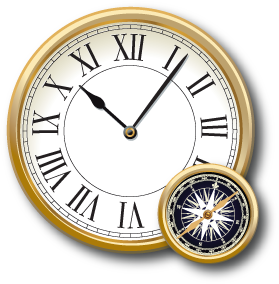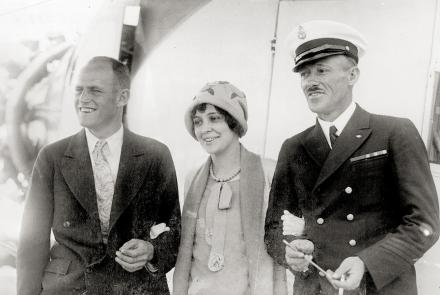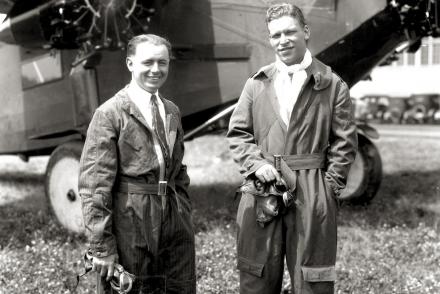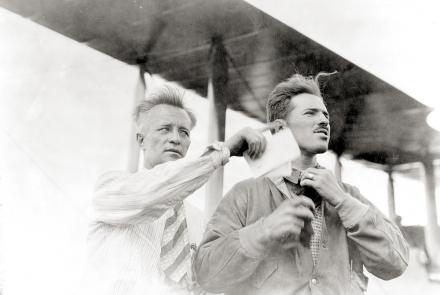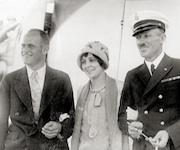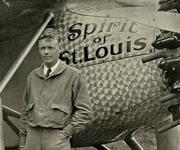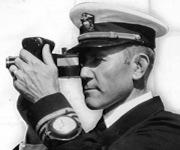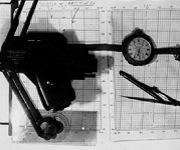1927 was a year of unprecedented attempts to establish new records for long-distance flight. It was exciting but dangerous. Many people tried . . . and many died.
Most often remembered as the year Charles Lindbergh flew alone across the Atlantic, 1927 also witnessed other record flights that presented far greater challenges. But the limitations of navigation technology often proved deadly. Even the relatively simple navigational task of crossing the North Atlantic claimed many lives. These disasters marked a turning point in navigational systems.
Engineers greatly improved aircraft performance between the world wars, but they gave little thought to the challenges of navigation. A handful of dedicated inventors worked hard to overcome this problem. From 1928 to 1931, a new system of navigation emerged that made long-distance flights safe and reliable. The long-range military and commercial operations it made possible would help usher in a new age of economic and military opportunity—and uncertainty.


